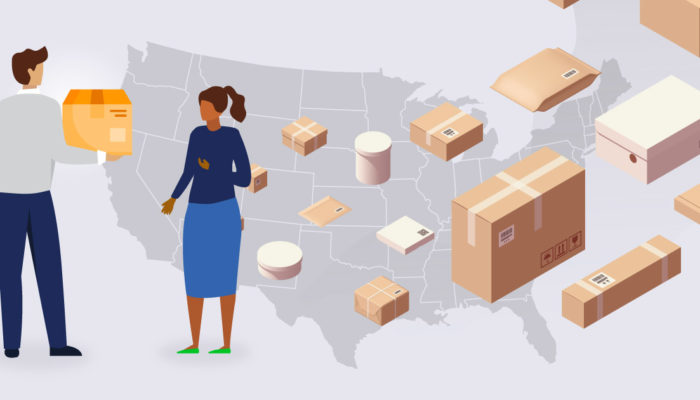As the internet expands more and more into daily life, subscription models have emerged to help accommodate 21st century life. These models rose in popularity during the pandemic, growing as much as 11.6% during the lockdown. However, the growth is not confined only to the pandemic. As late as the end of 2022, subscription models have seen a growth that is 3.7 times faster than the companies in the S&P 500. This growth accounts for 225 million subscriptions and 61 million subscribers, which come in various forms. Whether consumers seek physical products monthly or replenishment of groceries and office supplies or membership perks, subscription services offer options for every situation.
However, what advantages do subscription services offer over traditional purchase of products? Many consumers claim the convenience and cost-effectiveness of subscription services. Furthermore, having repeatable deliveries allows for the easy management of multiple products simultaneously. Subscription services even offer advantages to businesses. With companies like Lexmark, you can subscribe to receive printer supplies while saving substantially on the cost. Ultimately, the flexibility and competitive advantages afforded to subscription models, it’s no surprise their gain in popularity. As we go deeper into the evolution of virtualization of businesses, it’s likely that we are going to see more and more of subscription services.

